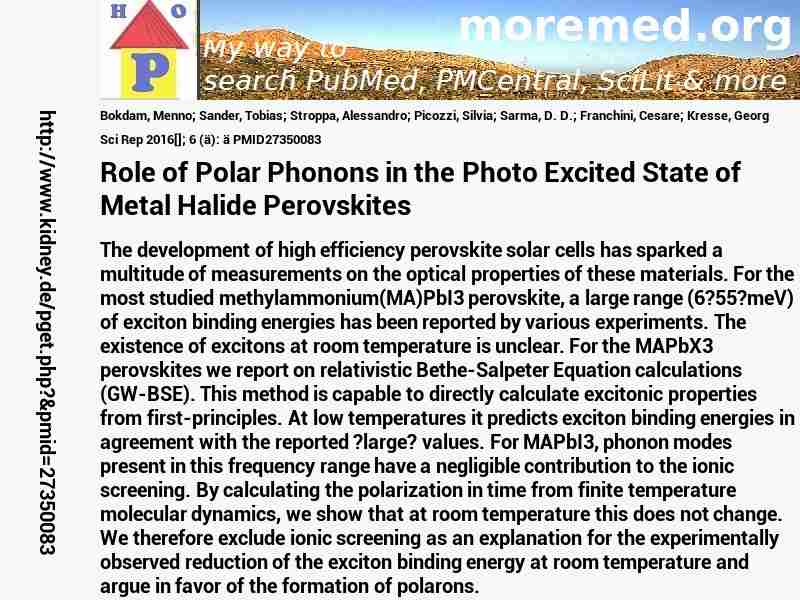10.1038/srep28618
http://scihub22266oqcxt.onion/10.1038/srep28618

C4923852!4923852!27350083
 free free
 free free
 free free
|  
Deprecated: Implicit conversion from float 215.6 to int loses precision in C:\Inetpub\vhosts\kidney.de\httpdocs\pget.php on line 534
Deprecated: Implicit conversion from float 215.6 to int loses precision in C:\Inetpub\vhosts\kidney.de\httpdocs\pget.php on line 534
Deprecated: Implicit conversion from float 215.6 to int loses precision in C:\Inetpub\vhosts\kidney.de\httpdocs\pget.php on line 534
 Sci+Rep 2016 ; 6 (ä): ä Sci+Rep 2016 ; 6 (ä): ä
Nephropedia Template TP
gab.com Text
Twit Text FOAVip
Twit Text #
English Wikipedia
|

 free
free free
free free
free